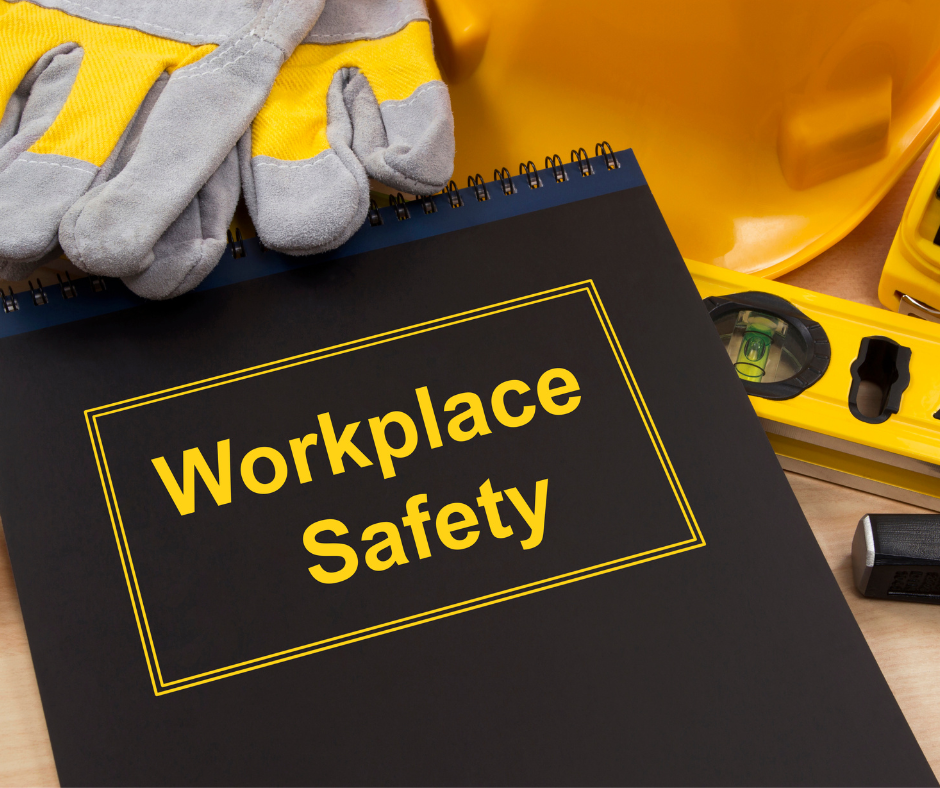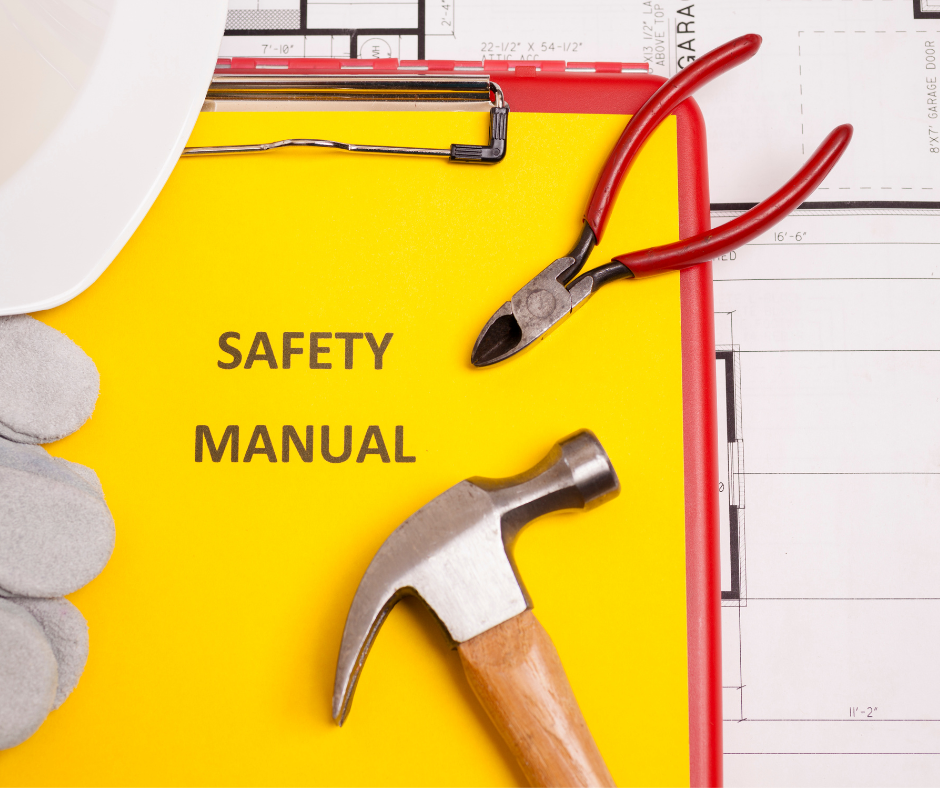
Key Takeaway:
- Employee handbooks are critical for construction companies to establish clear expectations and guidelines for employees. They help to set standards, ensure compliance with regulations and laws, and foster a positive workplace culture.
- An effective employee handbook for personal and laundry services companies should include sections on the company’s vision, mission, and core values, policies and procedures, employee benefits and compensation, and safety and health guidelines. Each section should be customized to reflect the specific needs and priorities of the company and its workforce. Check out this article on employee handbooks for personal and laundry services companies for more information.
- Best practices for creating and implementing employee handbooks in construction companies include communicating the handbook to employees, training management on handbook policies, regularly reviewing and updating the handbook to reflect changes in laws and regulations, and enforcing policies consistently and fairly.
Do you need help creating an employee handbook for your construction company? This blog will explain the importance of a comprehensive handbook and provide tips on how to create one. With the right information and guidance, you can ensure a successful handbook for your business.

Importance of Employee Handbooks in Construction Companies
Employee handbooks serve as a crucial guide for the employees in construction companies. They enable consistent communication of company policies, expectations and legal obligations. With the Employee Handbooks for Construction of Buildings Companies, employees are less likely to misunderstand the policies and procedures, which can lead to legal disputes.
Employee handbooks also help in promoting a positive company culture by communicating the expectations of workplace behavior, safety protocols and ethical standards. Employees are given a clear understanding of what is required of them, what benefits they are entitled to, and a clear communication channel for any disputes arising.
In addition to the above, these handbooks also act as a tool for mitigating risks and protecting the company in case of disputes. Without a clear and concise handbook to refer to, employees are at an increased risk of making mistakes leading to costly legal battles or harm to morale.
One real-life scenario where the importance of employee handbooks was highlighted was during a disagreement between a construction company and one of its workers. The worker claimed that he was not aware of the overtime policy and that he had worked off the clock. However, the company had a clearly documented policy on overtime pay in its employee handbook, which they were able to use in resolving the dispute in a smooth and efficient manner.

Components of Employee Handbooks
Employee Handbooks for Construction Companies Employee handbooks are essential documents that outline a construction company’s policies and procedures. These handbooks provide clarity and guidance to employees, enabling them to understand their roles, responsibilities, and the company’s expectations. Components of Employee Handbooks
- Company Overview This section explains the company’s mission, vision, and values.
- Code of Conduct This section outlines the expected behavior of employees, including ethical and professional standards. For computer and electronic product manufacturing companies, having a well-written employee handbook is crucial to ensure all employees understand company policies and procedures.
- Employee Benefits This section covers the company’s benefits, including vacation time, sick leave, health insurance, and retirement plans. For paper manufacturing companies, it’s important to have comprehensive employee handbooks to ensure everyone is on the same page and following the same policies.
- Policies and Procedures This section details the company’s policies and procedures, including attendance, safety, and performance evaluations.
Additionally, the handbook should include a note about the company’s commitment to equal opportunity and anti-discrimination policies. For companies in the leather and allied product manufacturing industry, creating comprehensive employee handbooks can be crucial in ensuring a safe and fair workplace for employees. Employee Handbooks for Other Services (Except Public Administration) Companies also require information about safety procedures and equipment guidelines specific to their respective industries.
True Fact: According to a study by the Society for Human Resource Management, companies with employee handbooks have a lower risk of litigation than those without handbooks.

Check out this article on employee handbooks for other services companies to learn more.
Best Practices in Creating and Implementing Employee Handbooks
Creating and implementing effective employee handbooks for construction companies is crucial to maintain a safe and efficient work environment. Best practices for drafting handbooks include:
- Defining roles and responsibilities
- Outlining safety procedures
- Outlining the company’s code of conduct
Consistency and clarity are key to ensure all employees are aware of expectations and guidelines. Including emergency procedures and access to resources assists in creating a successful employee handbook for rental and leasing services companies. In addition to developing strong policies, establishing a clear distribution and training plan is essential for an effective handbook. Providing training sessions and gathering feedback from employees can ensure that the policies and guidelines are understood and followed. Regularly reviewing and updating the handbook as necessary keeps it current and relevant and helps maintain a positive company culture. For example, when it comes to creating employee handbooks for machinery manufacturing companies, these tips can be really helpful. Check out this resource on employee handbooks for machinery manufacturing companies for more information. It’s essential to remember that a well-crafted employee handbook is not only a legal document but also a blueprint of the company’s values and beliefs. It can help attract and retain top talent, increasing employee satisfaction while reducing legal risks.
A construction company had developed a handbook, but it lacked accessibility and relevance, causing a lot of confusion and frustration among employees. By incorporating employee feedback and clearly defining policies, a new handbook was successfully implemented, leading to an increase in employee engagement and understanding of company policies.
Five Facts About Employee Handbooks for Construction Companies:
- Employee handbooks for construction companies provide guidance on company policies, procedures, and expectations. (Source: Procore)
- Employee handbooks can help reduce liability for companies by providing clear communication and documentation of policies and procedures. (Source: Smartsheet)
- To create a comprehensive employee handbook, it is important to address the specific needs and regulations of your industry. For example, educational services companies may need to include policies regarding student privacy and safety, while construction companies may need to address safety procedures and equipment regulations.
- Handbooks should cover key topics such as safety protocols, legal requirements, harassment and discrimination policies, and benefits information. (Source: HR Daily Advisor)
- For companies in education and health services, it is important to have specialized employee handbooks that address industry-specific needs and regulations.
- Updating employee handbooks regularly is important to ensure compliance with changing laws and regulations. (Source: Construction Executive)
- For miscellaneous store retailers companies, it is important to have employee handbooks in place to ensure proper guidelines and policies are followed.
- A well-crafted employee handbook can improve employee morale, increase productivity, and strengthen the company’s culture. (Source: HR Technologist)
FAQs about Employee Handbooks For Construction Companies
What is an employee handbook for a construction company?
An employee handbook for construction company is a written document that outlines policies, rules, and regulations that employees must follow while working for the company.
Why is an employee handbook important for construction companies?
An employee handbook is important for construction companies because it provides a clear and consistent set of guidelines for employees to follow. It helps to minimize misunderstandings and conflicts between employees and management, and ensures that everyone is on the same page.
What should be included in an employee handbook for construction companies?
An employee handbook for construction companies should include company policies and procedures, such as safety rules, time off policies, and disciplinary procedures. It should also include information about benefits, compensation, and company culture.
How can an employee handbook benefit employees of a construction company?
An employee handbook can benefit employees of a construction company by providing a clear understanding of what is expected of them, as well as information about company policies, benefits, and culture. This can help employees feel more secure in their jobs and improve their job satisfaction.
Can an employee handbook be updated or changed?
Yes. An employee handbook for construction companies can be updated or changed as needed. It is important to notify employees of any changes and provide them with an updated copy of the handbook.
Are there any legal requirements for employee handbooks for construction companies?
Yes. There are some legal requirements for employee handbooks for construction companies, such as complying with federal and state employment laws. It is important to ensure that the handbook is reviewed by an attorney to ensure that it meets all legal requirements and is up-to-date.